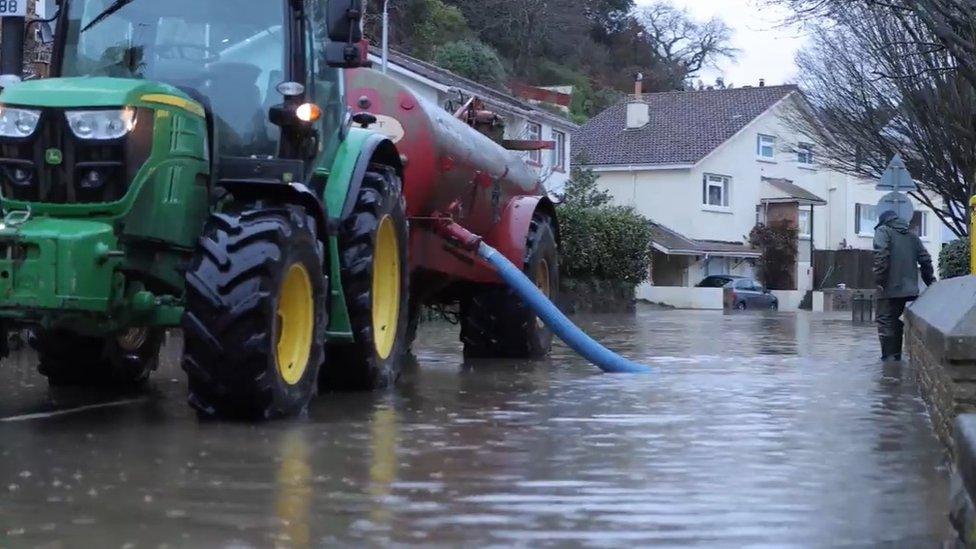Inside Jersey's man-made cave stopping sea pollution
- Published
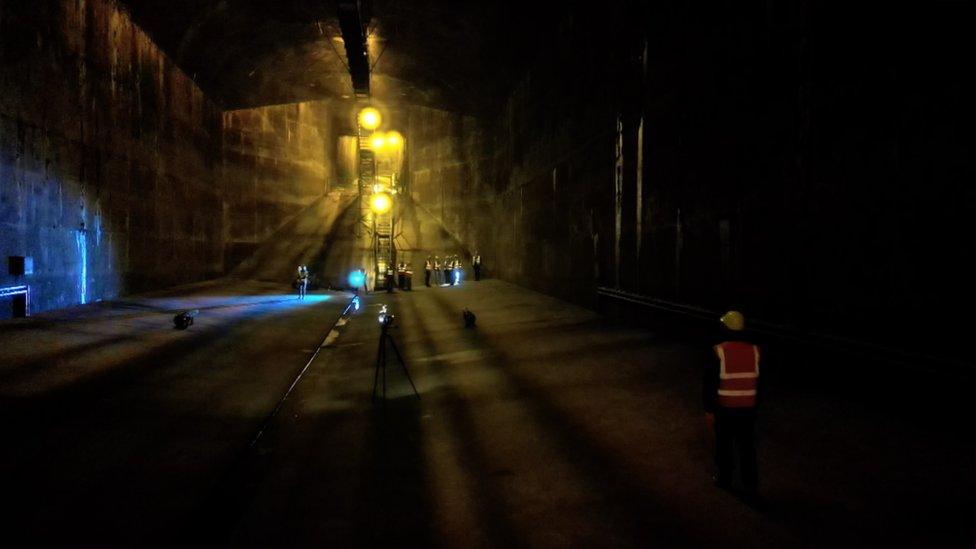
When it was built in 1997 the cavern cost £22.4m - twice the original budget
Beneath a St Helier car park, a giant feat of engineering is increasingly at the forefront of Jersey's response to climate change.
Carved out of granite in the mid-1990s, the cavern stores overflows of sewage and rainwater during storms, stopping pollution spilling into St Aubin's Bay.
It is currently used an average of 50 to 80 times a year.
With more extreme weather expected in the future, the vast space could be used more often.
A smaller, second cavern is due to be built by the end of 2023, while the government is considering whether a number of additional storm-water storage tanks might also be needed.
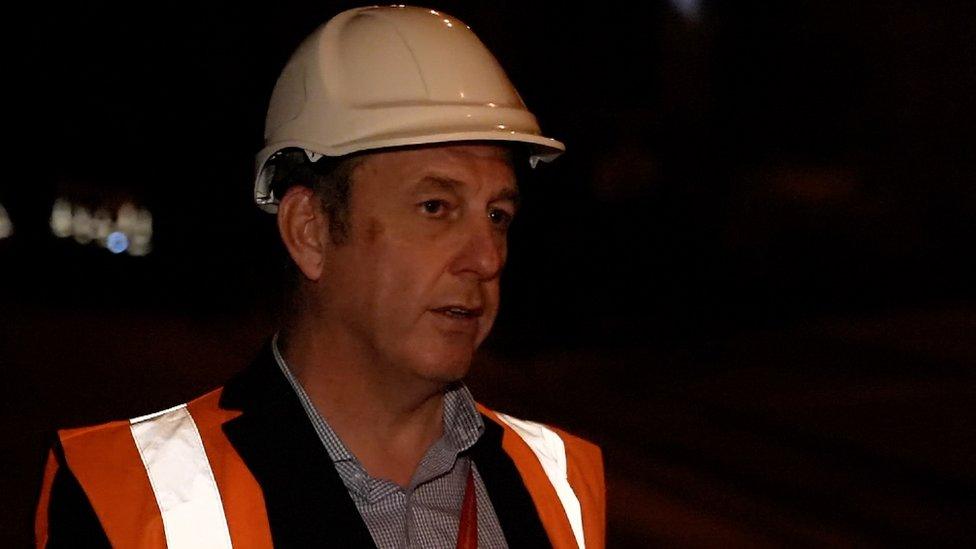
Duncan Berry said during heavy rainfall the extra sewage could not be handled by Bellozanne so without the cavern it would end up in the sea
Dimly-lit and lined in dank, dark concrete, the subterranean structure, which can hold about 25,000 cubic metres of waste, was substantially completed in 1997.
Since then, it has helped Jersey's Bellozanne Sewage Treatment Works to cope when wet weather increases the pressure on an ageing drainage network already contending with the requirements of a growing population.
"If we get high rainfall events, we get high sewage flows which Bellozanne can't treat. Before the cavern was built that would have gone out to sea," said Duncan Berry, head of liquid waste for the Government of Jersey.
"Now, the cavern will take those flows and store it and we can empty it back into the sewer system when there's capacity at a later date."
Mr Berry said a second cavern, able to store 8,000 cubic metres of waste and due to open at Bellozanne by the end of the year, as part of a new sewage plant, would help the island deal with future storms.
Following delays, and after the principal contractor went bust, the whole project is now expected to cost £83.3m, external, up from £75m.
"Obviously, we're looking at constantly investing, we need more money to look at developing the island," Mr Berry said.
"There's a lot of new houses being built, so whilst we're building a new sewage treatment works, we now need to look at the network - to expand the network, to increase the capacity - so there will probably be a lot more mini-caverns around the island, but just for foul water.
"We are currently looking at all our surface water management plans to allow for climate change in the future."

Duncan Berry said the cavern had stopped hundreds of sewage spills going into the sea
As tall as Jersey's air traffic control tower and so big that you would need to flush your loo almost three million times to fill it, the cavern is accessed via large double doors in the centre of Snow Hill car park.
It undergoes an annual clean, during which a team of up to eight people dressed in full protective gear spend about three weeks spraying its surfaces with fire hoses.
With the help of automated pumps, sludge is then collected and transported to La Collette for incineration.
Staff said that the process often uncovered multiple items hidden in the murky water, from food wrappers to wet wipes, while a cannon ball and live toads were amongst the more unusual discoveries.
"Cleaning it was very difficult back in the dark ages," said pumping station operator Rob Lightfoot, who has worked in the cavern since it was built.
"It was very much manual handling and lots and lots of members of staff.
"Now, the team is relatively small and we've got some fantastic equipment that helps us get our job done."
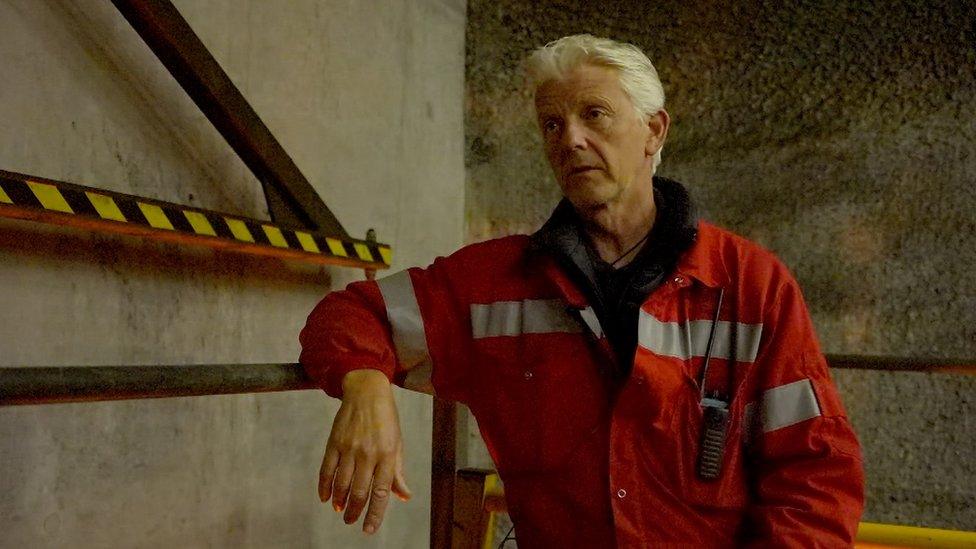
Rob Lightfoot has worked in the cavern since it was built and said technology improvements had made the job easier
Construction of the cavern ultimately cost Jersey's taxpayers £22.4m, which was more than double the initial estimate, external.
And while the project initially proved controversial, more recently, it has been the subject of praise.
In January, politicians credited the cavern with reducing the impact of flooding, external across the island following heavy rain.
"It's saved hundreds and hundreds of spills to the island," said Mr Berry.
"It was a brave decision to build it. We don't have much land in Jersey, so it's probably the only solution we had.
"This is an asset that's going to last for hundreds of years to come."

Follow BBC Jersey on Twitter, external and Facebook, external. Send your story ideas to channel.islands@bbc.co.uk, external.
Related topics
- Published22 February 2023
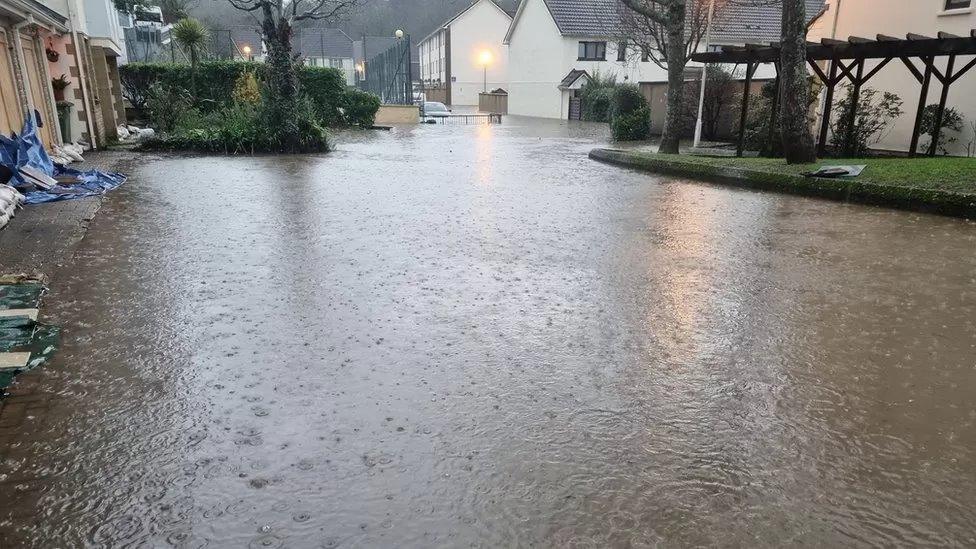
- Published20 February 2023
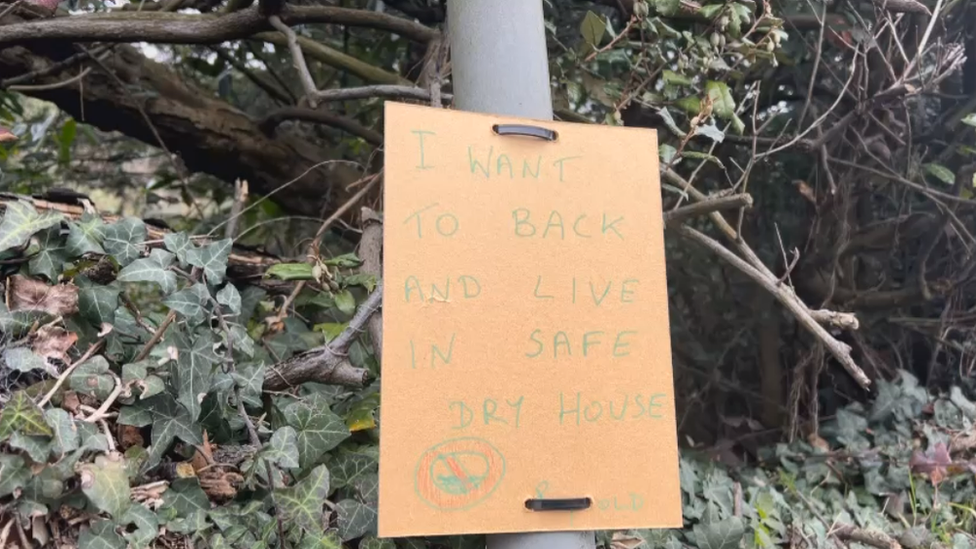
- Published17 February 2023
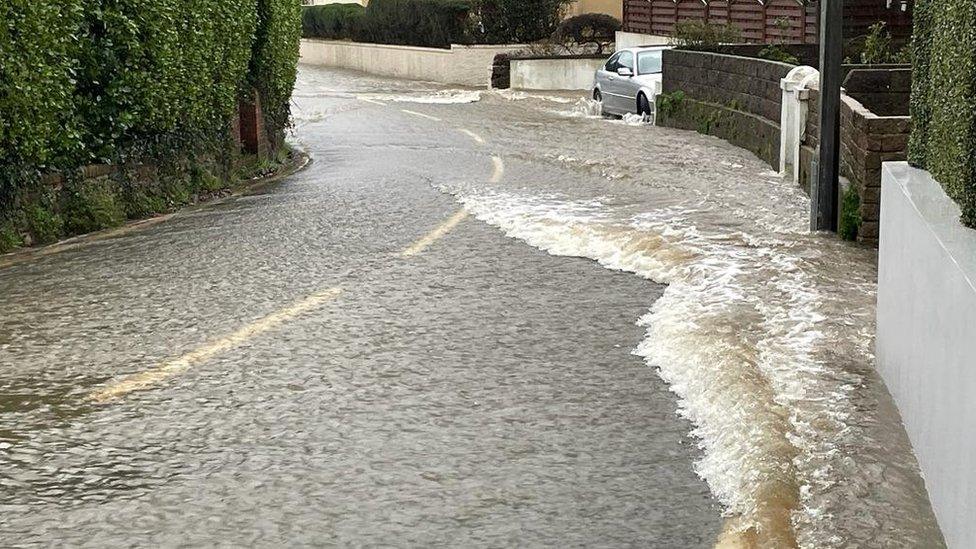
- Published19 January 2023
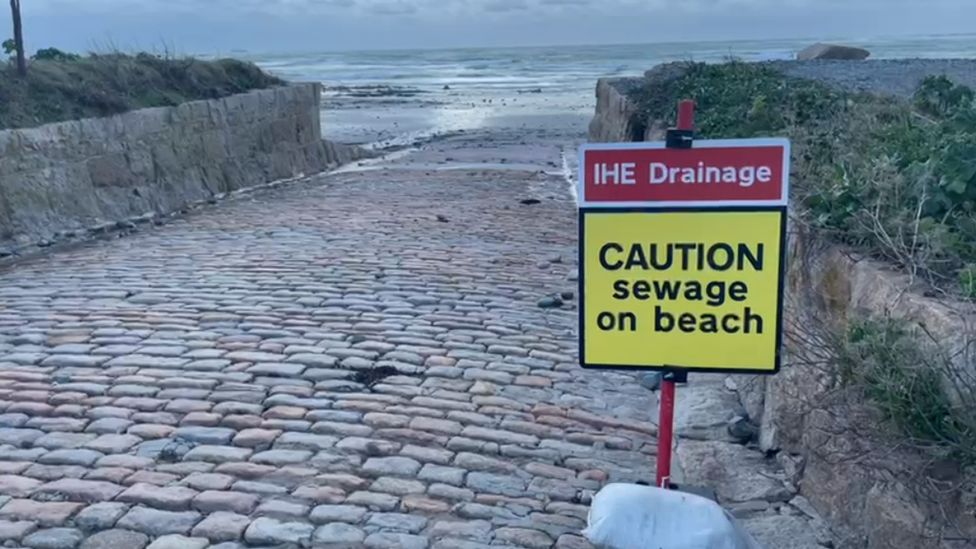
- Published18 January 2023

- Published17 January 2023
